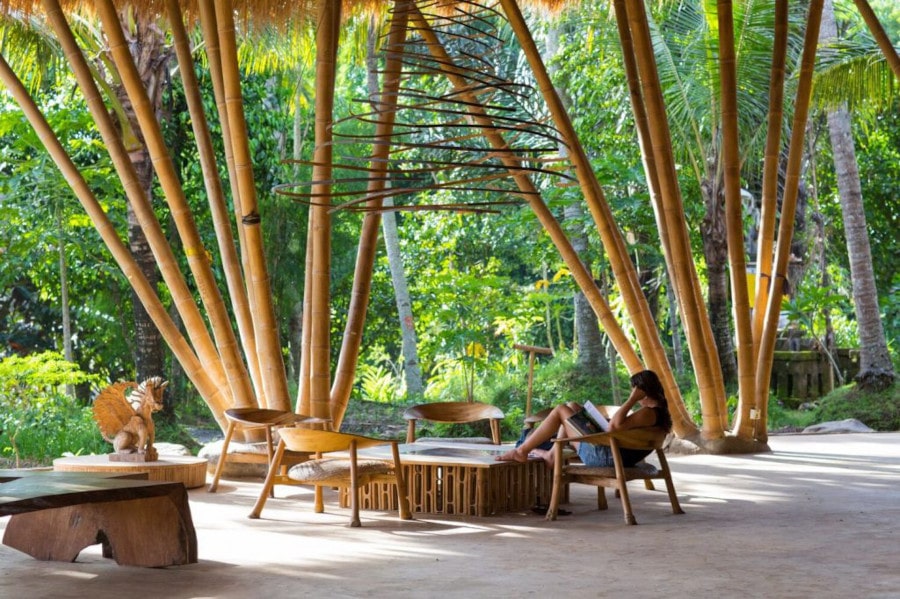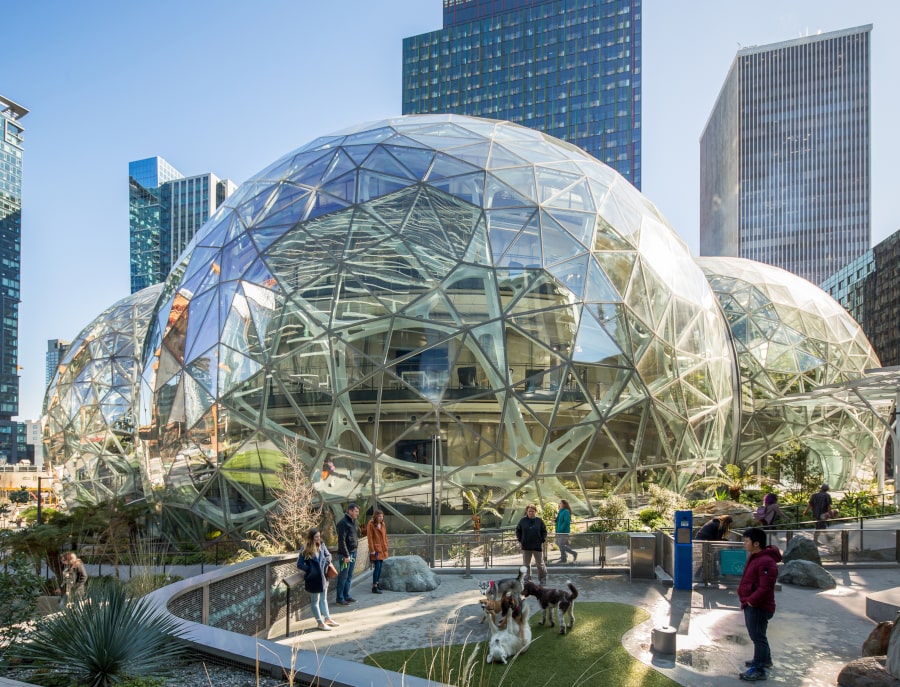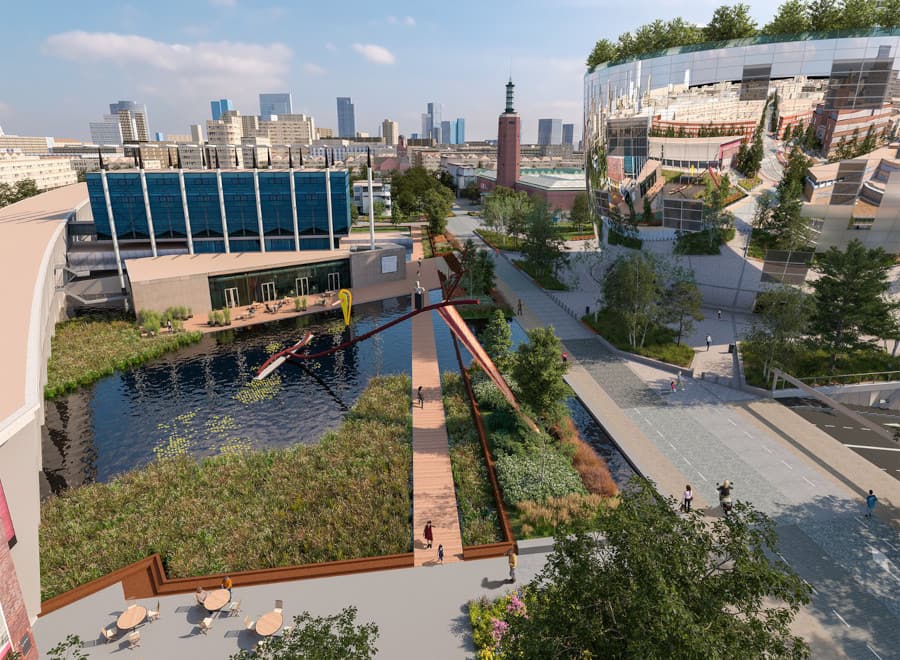What is Biophilic Design?
How Incorporating Nature into Your Built Environment Enhances Wellness
Biophilic design is an approach to architecture and urban planning that incorporates elements of nature into the built environment. This can include things like green roofs, living walls, natural light, and access to nature views. The goal is to create spaces that connect people with nature and improve physical and mental well-being.
TOP IMAGE: Innovative underground house concept 'plan B' introduced by Sergey Makhno architects.
Simply put, biophilic design focuses on those aspects of the natural world that have contributed to human health and productivity in the age-old struggle to be fit and survive. Studies have shown that exposure to nature can reduce stress, improve mood, and increase attention and memory
5 examples of biophilic building designs
-
The Living Wall in San Francisco: The Living Wall is a residential building that features a green wall on the exterior, which provides insulation and improves air quality. The building also includes a rooftop garden and a courtyard with a water feature.

-
The Green School in Bali: The Green School is a sustainable school that incorporates biophilic design throughout its campus. The school features green roofs, a bamboo structure, and a living wall, as well as a variety of indoor plants.


-
Amazon Spheres in Seattle: The eye-catching Spheres at e-commerce giant Amazon’s Seattle offices are a fantastic example of biophilic design. The three transparent greenhouses are packed with a variety of plants, making for a unique workplace.


-
The Bosco Verticale in Milan: The Bosco Verticale is a residential building that features a green wall on the exterior, which provides insulation and improves air quality. The building also includes a rooftop garden and a courtyard with a water feature.

-
The Het Nieuwe Instituut in Rotterdam: The Het Nieuwe Instituut is a biophilic building that features a green roof, a rain garden, and a variety of outdoor spaces that provide access to nature. The building also includes a variety of interactive exhibits that teach visitors about the importance of nature and the role of design in promoting sustainability

Main principles for the effective practice of biophilic design:
-
Incorporating natural elements: Biophilic design should include a variety of natural elements, such as plants, water, light, and natural materials, in order to create a connection to nature.
-
Access to nature views: providing access to nature views, such as through windows or outdoor spaces, can improve well-being and cognitive function.
-
Natural light: Incorporating natural light in the design can help regulate circadian rhythms and improve sleep.
-
Indoor-outdoor connection: Biophilic design should include a connection between indoor and outdoor spaces, such as through the use of patios or green roofs, to increase the sense of connection to nature.
-
Flexible spaces: Biophilic design should include flexible spaces that can be used for a variety of activities and that can adapt to changing seasons and weather conditions.
-
Nature-based patterns and forms: Biophilic design should incorporate nature-based patterns and forms, such as fractals and the golden ratio, in order to create a sense of visual harmony and connection to nature.
-
Attention to biodiversity: Biophilic design should not just focus on a single type of nature, it should provide a diverse environment that can support various species of plants, animals and microorganisms.
-
Adaptive to different cultures: Biophilic design should be adaptable to different cultures and take into account the cultural significance of different natural elements.
-
Sustainable design: Biophilic design should be integrated with sustainable design principles, such as energy-efficient building systems and the use of non-toxic materials, to minimize the environmental impact of the built environment.



